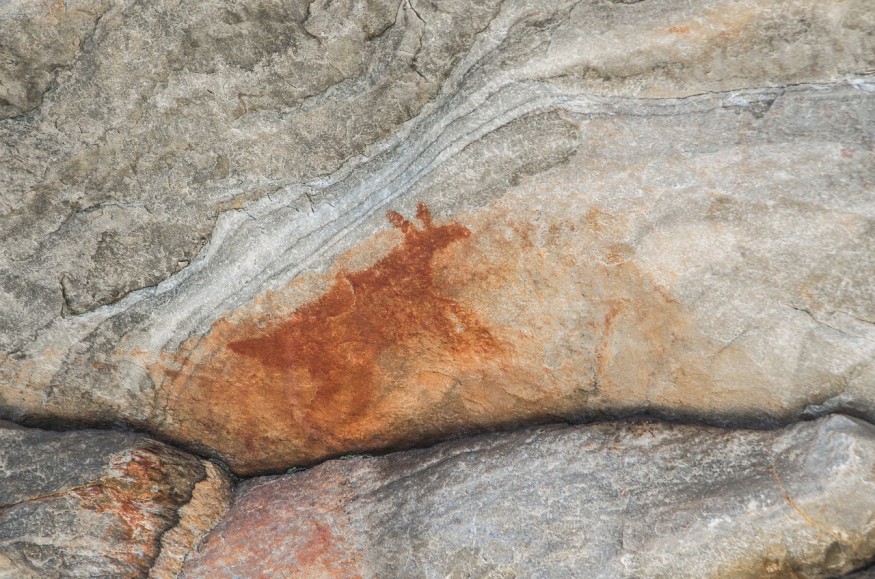
More than 110 ancient Paleolithic art cave engravings and paintings have been found in Spain. These distinct art pieces date back to at least 24,000 years ago.
Paleolithic Artwork Found Inside Eastern Iberian Cave
According to the team behind the finding, Paleolithic rock art, or Stone Age rock art, is arguably the most important that has been found in Europe's Eastern Iberian Coast.
The Cova Dones cave in Millares municipality has been familiar to both hikers and locals. Though findings pointing to the Iron Age were discovered within the cave, it was not until 2021 that researchers found traces of Paleolithic art inside it.
Initial art findings were four different painted motifs, which included an aurochs head, which is an extinct species of cattle. This first discovery had been acknowledged to be significant.
Further work in 2023 showed that the site was actually a major Paleolithic rock art sanctuary. Spain hosts most of the world's Paleolithic cave art sanctuaries, such as La Cueva de Altamira, which is 36,000 years old. However, most of these sites were found in the north.
Because of this, the cave was found to be especially unique. Aitor Ruiz-Redondo, a senior prehistory lecturer from the University of Zaragoza and a research affiliate from the University of Southampton, explains that only few of such sites have been documented so far in Eastern Iberia.
Cave Art Paintings and Engravings
The compositions distinctly stand out because of the techniques and motifs that were employed during their creations. Interestingly, this specific cave could also exhibit the most motifs of the Stone Age compared to every other cave in Europe.
The researchers were able to document at least 19 animal depictions, including aurochs, horses, and hinds, which are female red deers. Other artworks depicted isolated lines, rectangles, and other figures.
Several motifs were constructed with the use of iron-rich and red clay. The researchers say that this is rarely observed in Paleolithic art.
Ruiz-Redondo explains that signs and animals were depicted by simply dragging palms and fingers covered with clay on the cave's walls. Because of the humid environment of the clay, the paintings dried slowly. This, in turn, stopped clay fragments from rapidly falling down. Calcite layers covered other parts, which led to their remarkable preservation until today.
The research team also adds that some engravings were made by scraping out limestone from the walls of the cave.
RELATED ARTICLE : Ancient Australian Cave Paintings Depict Indonesian Warships, Suggesting Past Conflicts and Contact
Check out more news and information on Archaeology in Science Times.
© 2026 ScienceTimes.com All rights reserved. Do not reproduce without permission. The window to the world of Science Times.












